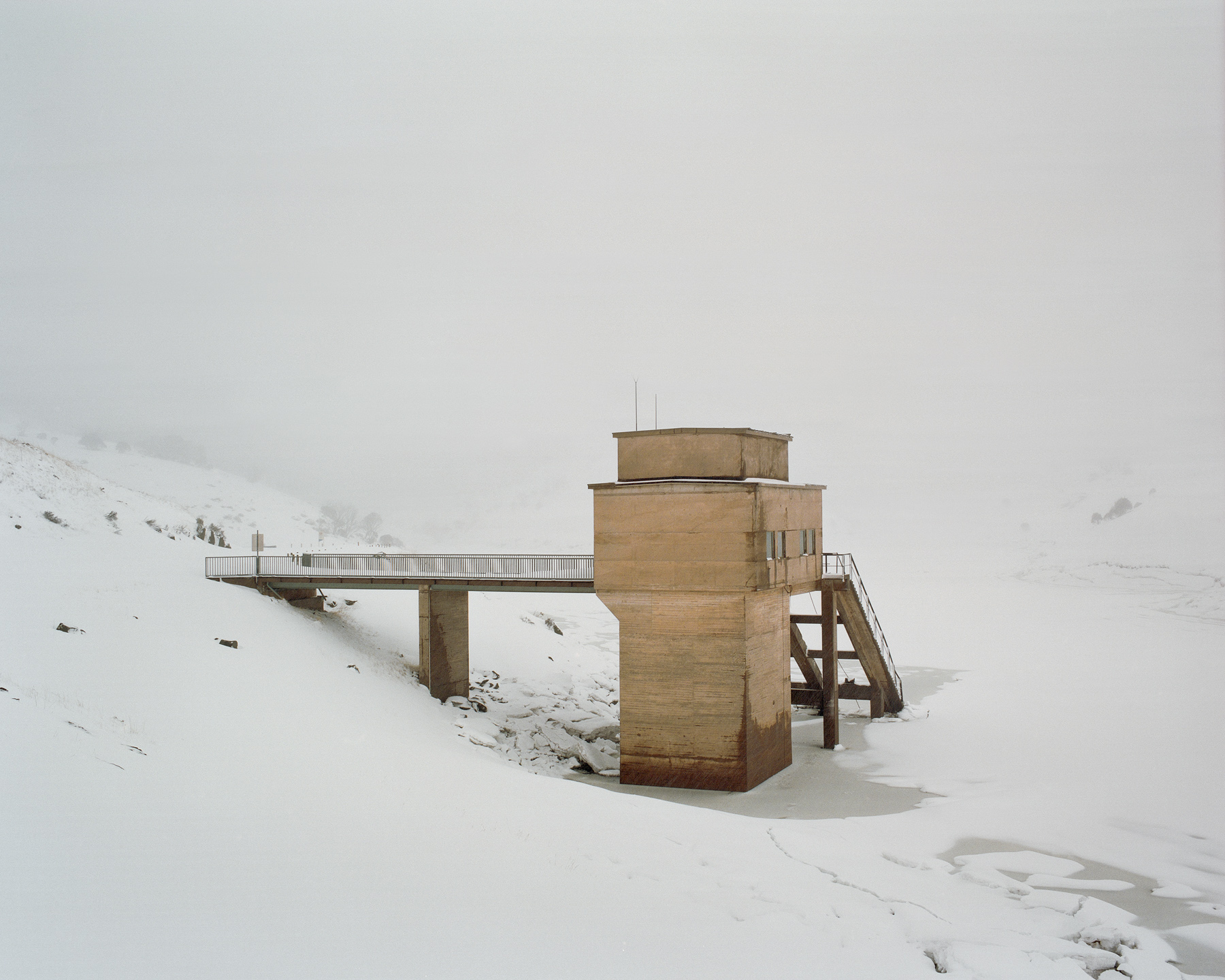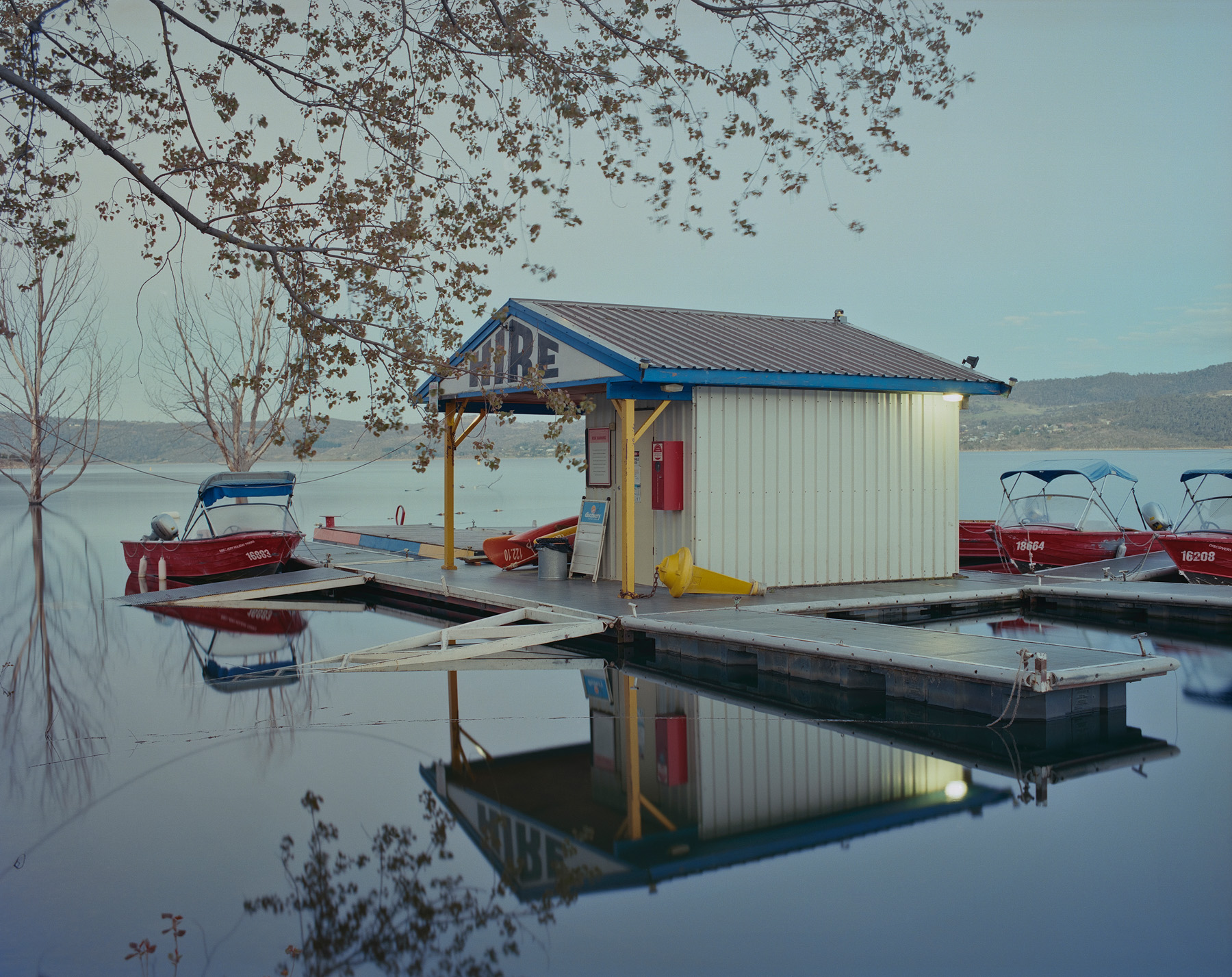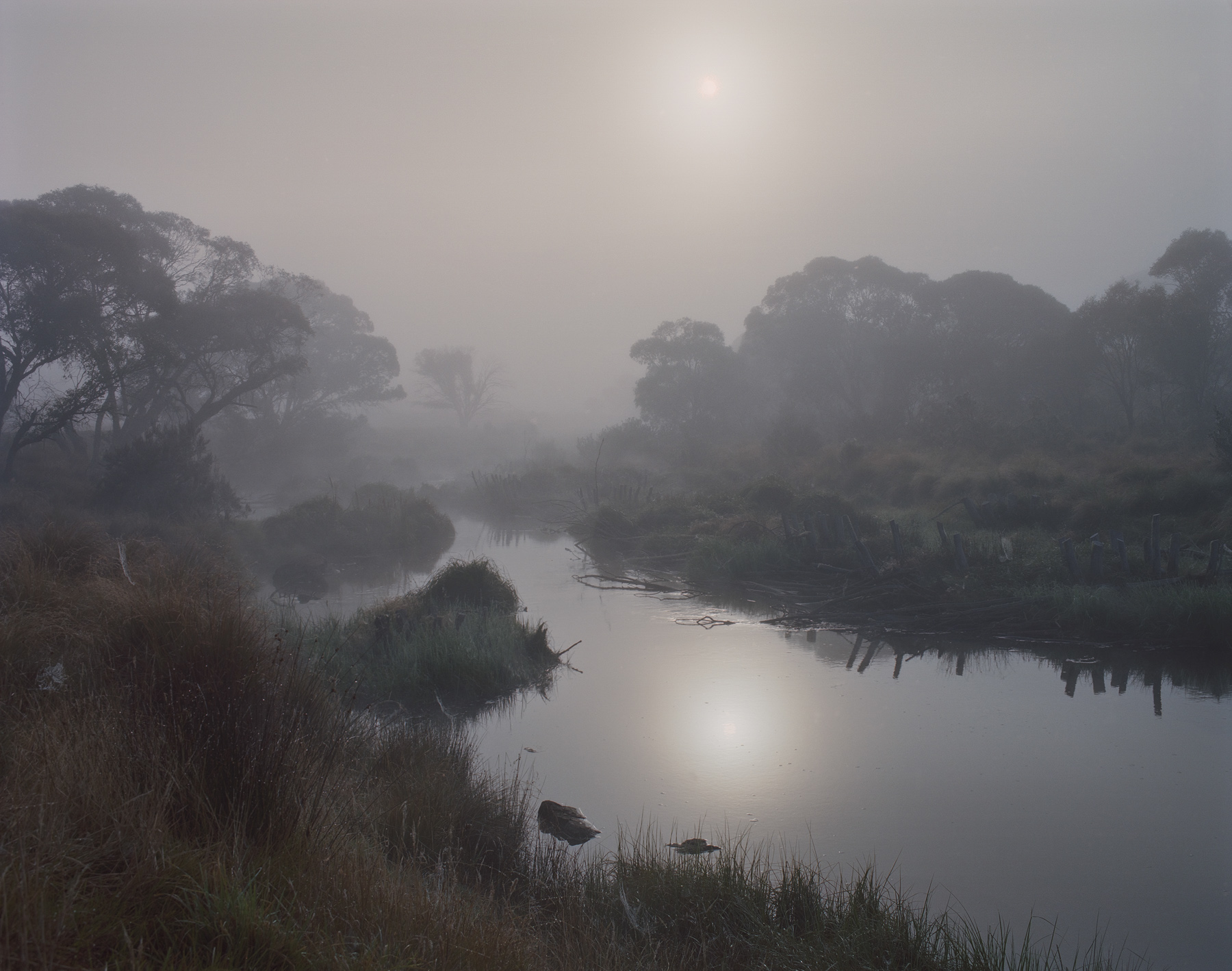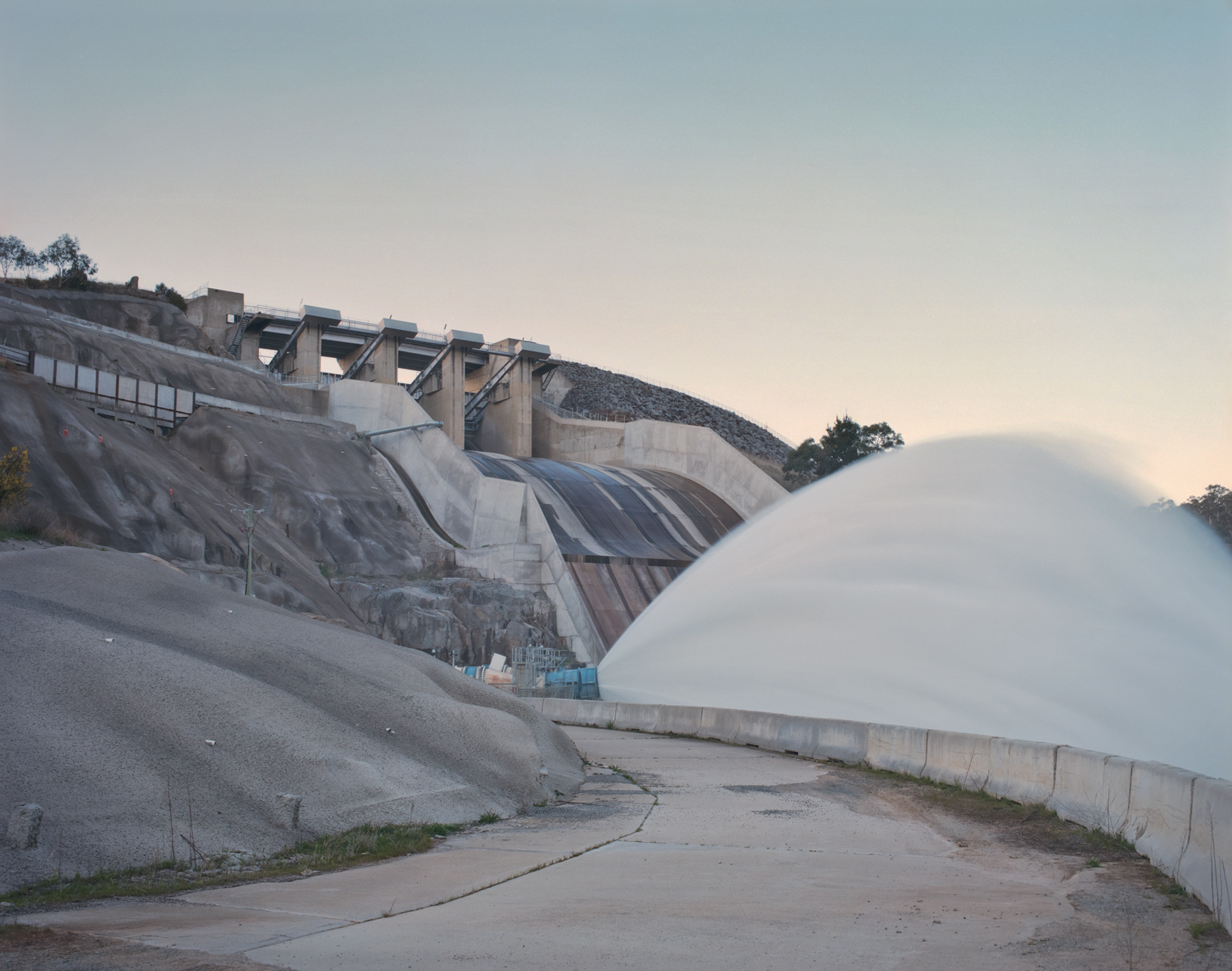Based in
Australia
Photographed in
Australia
The Snowy Hydro Scheme is widely regarded as the most ambitious industrial project in Australia’s modern history. Constructed between 1949 and 1974 (officially opening in 1972), the system diverts water from the Snowy, Eucumbene and Murrumbidgee Rivers westward via a series of tunnels, aqueducts and reservoirs, for use in irrigation throughout inland Australia. In the process, the water is used by power stations to create hydroelectricity. It’s often referred to as an engineering wonder of the world.
In the context of today’s changing climate, and renewable energy needs, it was a visionary idea. Today The Scheme is the largest renewable energy generator in Australia, generating approximately 67% of all renewable energy in the mainland National Electricity Market.
But from an ecological perspective (much of the infrastructure is situated in the Kosciuszko National Park), such influence upon the environment couldn’t come without impact – river flows were greatly reduced, and natural habitats, sacred lands, and townships were affected by the flooding of valleys for the creation of reservoirs. Therefore, this photographic series is primarily an exploration of the balance between nature and our intervention upon it – the vast structures amongst epic landscapes, the re-shaped waterways, and newly created ones – as well as various aspects of life in the region.
Ongoing since 2016, I have photographed the infrastructure, landscapes and environment, people and recreational activities through changing seasons, extreme local weather events, and record drought and flood conditions. It’s my hope I have given the Snowy Hydro Scheme and the Snowy Mountains region a new visual perspective that adds to its rich history and national importance.

In the first week of August in 2017, a series of cold fronts combined to create what was dubbed ‘The Blizzard of Oz’ over the Australian alpine regions. Huge snowfall and wind gusts of up to 130kmph swept across the region. Here, in the midst of that blizzard, sits Guthega reservoir’s intake tower, its brutal concrete structure set against the white, stormy background. It’s a stark scene, more in keeping with the extremes of the Northern Hemisphere than Australia.

A cool spring evening over Guthega Pondage/reservoir. Guthega was the first of the Snowy Hydro Scheme’s sixteen dams to be created and is the first to meet the Snowy River, stemming its flow and storing water for hydroelectrical power creation.

This is a view of the lower end of Lake Eucumbene from Providence Portal camping ground. The Lake was created in 1958 when the Eucumbene River valley was flooded to create a water storage reservoir. The dead gum trees are a reminder of the fragility of the environment here

Lake Jindabyne was created in 1967 when the settlement of Old Jindabyne was flooded after the creation of the Jindabyne Dam. Nowadays the lake is a popular destination for recreational activities like fishing, boating, and water skiing. After some heavy rains in October 2017, the lake’s water levels rose significantly, leaving this boat hire pontoon slightly marooned and adrift from the banks.

The Big Trout resides in the small trout-fishing town of Adaminaby. It weighs 2.5 tonnes and holds the illustrious title of the world’s biggest trout. Thanks to a long exposure, the trout seems to be leaping in the air to catch a fortuitously placed star trail. Trout fishing is a popular pastime in the waterways of the Snowy Mountains.

The upper reaches of the Murrumbidgee River, just downstream of the Tantangara reservoir and dam, on a cool and foggy autumn morning. Despite being an area of ecological significance, since the dam’s operation, 99% of the river’s waters have been diverted to Lake Eucumbene

Tumut 3 Power Station is a pumped-hydro facility near Talbingo. The Tumut 3 pump-storage system uses off-peak energy to pump water to the higher level Jounama reservoir using six pipelines. This water is then passed back down through turbines to generate electricity during peak periods, releasing the water into Talbingo reservoir.. It was the first major pumped-hydro plant built in Australia and remains the largest such facility in Australia today.

The Blowering Reservoir intake tower on an early Autumn morning. The brutalist structure creates an interesting juxtaposition with the surrounding environment and the soft-looking water – a result of the need for a long exposure. Blowering Reservoir is one of the biggest in NSW and is where Ken Warby set the water speed record of 511 Kmp/h (318 mph) in 1978, a record that still stands today.

The Snowy River was greatly affected by the creation of the Snowy Hydro Scheme, with water flows drastically reduced. In 2002 a Water Initiative was formally agreed on by Federal and State Governments to help improve the river’s river health by releasing environmental water into the Snowy River system. This image shows a water release from Lake Jindabyne into the Snowy River. These flows help improve the physical condition of the in-stream habitat by scouring and transporting fine sediment and are vital to improving river health.

A lone tree remains exposed, sitting above the waterline on Lake Eucumbene, It was taken from the banks of Old Adaminaby, a settlement that was flooded when the Lake was created in 1958. Old Adaminaby’s residents were moved to a new settlement on higher ground. During low waters, the remnants of the old town can be seen on the muddy banks.
